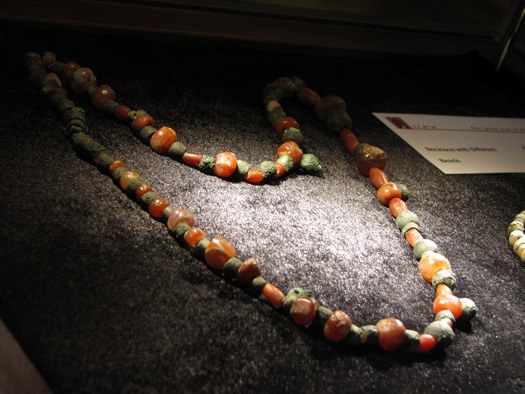
At the latest days of 2014, after more than 30 years of constant efforts by Iranian Cultural Heritage, Handicraft and Tourism Organization, the Belgian court of appeal eventually ruled in favor of the restitution of an ancient Iranian artifact collection.
Those were the archaeological findings unearthed at Khorvin, some 80 km away from Tehran, Iran. The findings of this site, grey potteries, earthenware and metal objects, date back to the late second and also first millennium BC, meaning around 3000 years ago. This is a source of pride for Iranians to see how Iran tries to return this and other artifacts to the country they belong to.
History of Khorvin Artifacts at Belgium
In 1965, a French lady, who had married to an Iranian professor and lived in Iran for 18 years, started smuggling a collection of more than 300 objects from Iran by the help of a Belgian diplomat. Iranian government has started a legal process since 1981 by filing a lawsuit to return these objects, but the court rejected the case several times saying the case was too old to be considered.
Realizing the importance of the objects and Iranians’ persistence through legal channels in Belgium, the department of archaeology at Ghent university in Belgium took the objects and kept them in their museum. Later, the court ordered the objects to be taken to the Museum of Brussels University while the court was working toward releasing the final verdict, which ended up in favor of Iran.
Khorvin Objects were finally ordered by the Belgian court of appeal to be returned to Iran two months before the end of 2014 as a result of decades of valuable efforts by the Iranian cultural heritage organization. Now, they are back to Iran. Iranians are waiting for them to be displayed. The Cultural Heritage authorities have announced that they would be soon displayed at the National Museum of Iran in Tehran.
Similar Cases Underway
There are two other cases similar to this underway and even one close to be ended outside Iran. Iranian authorities are trying to get them back as they are considered national treasure and cultural heritage.
In general, it creates good feeling in one knowing that Iran is actively involved in such legal procedures to return ancient artifacts to their homeland, where they belong.
What Do You Think?
I believe all the countries should pursue the legal channels to return the smuggled ancient artifacts to their original places. There are large number of similar artifacts in the world that have been smuggled outside their homelands. They constitute part of the identity of a nation and must go back to their country of origin.
I will be happy to read your ideas about this at the comments below this page.


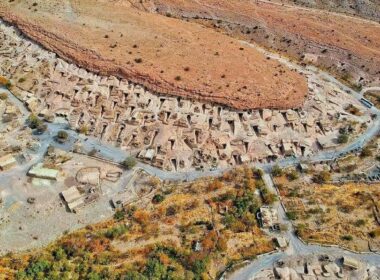
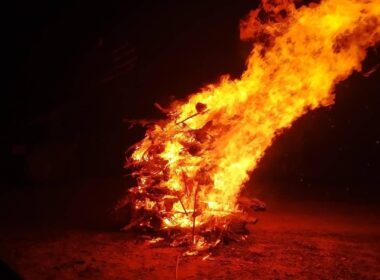



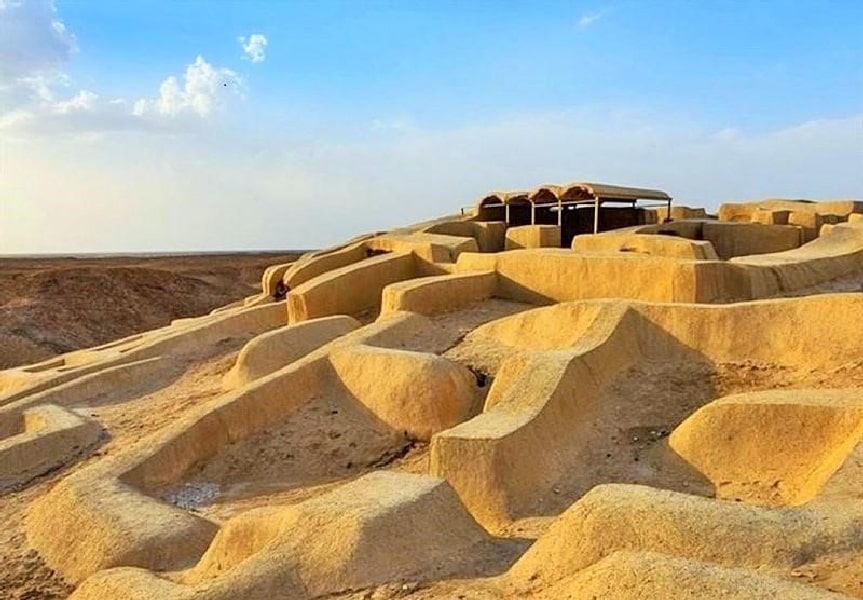
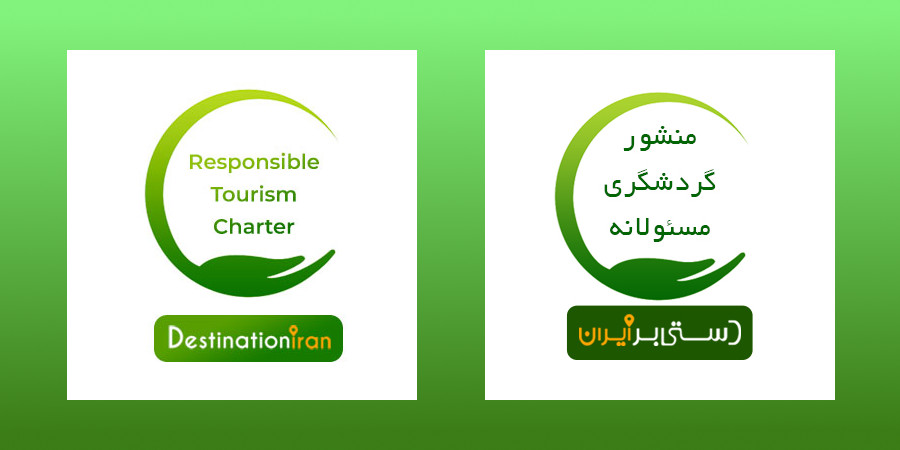
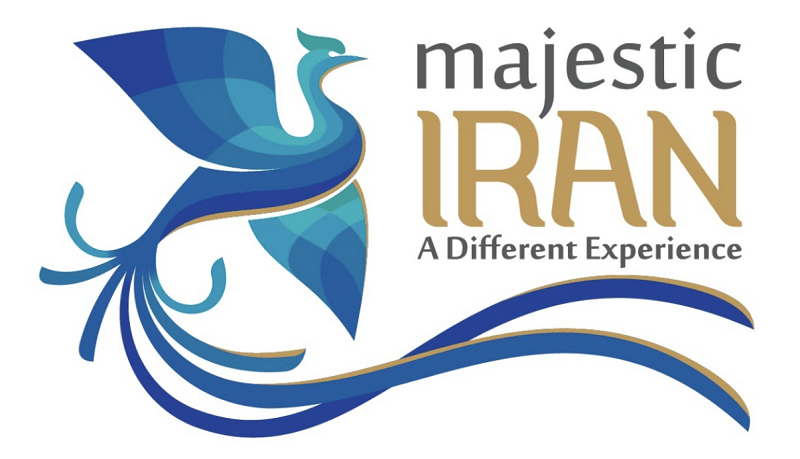

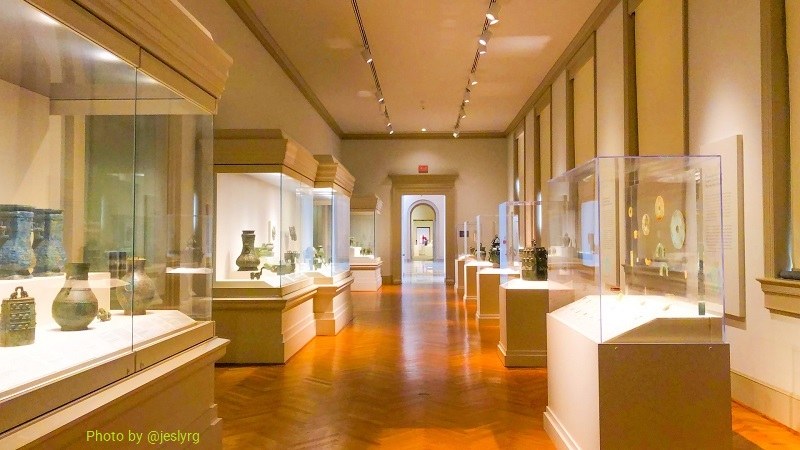



Interesting stuff, Rahman! Been to Belgium 3 times and I love this country!
The judicial system in Belgium has finally been fair to let the Iranian objects go back to Iran. Their government has also agreed to let this happen.
There are some Iranian objects (30,000 clay tablets) in the US for almost half a century and the court in the US has approved the return of the objects by Chicago university to Iran, but they’re not coming home!!
The question of ‘smuggling’ is not always clear-cut (but I suppose I wold say that because I am English!) but the decision was not too difficult in this case.
As my e-mail address shows, I remain a big fan of Iran and its history. Feeling very nostalgic, looking through the photos on your website, Rahman
Thank you Keith for your comment. I appreciate it.
You’re right about the smuggling cases, but bringing the excuse of “This is too old a case to study!” wasn’t a very convincing one at the beginning. However, they eventually changed their attitude due to the fact that Iranian side was too persistent!” At the end of the day, the news made everyone here happy.
As I know you personally and remember our short trip around NW Iran, I can easily recall how you feel about Iran. I can do nothing but appreciating it very much.
Those who are interested in the human past should indeed fight for the preservation of their nation’s cultural heritage for the benefit of all humanity. Not necessarily for nationalistic ideals. I applaud the return of the Iranian artifacts from Belgium, but caution that ‘ALL countries should actively pursue legal channels to return ancient artifacts to their place of origin’, and suggest that some nations are simply not mature enough to accept responsibility for them.
As a case in point I cite the Taliban government in Afghanistan, who have declared that Buddhist icons to be against the tenets of Islam, and willfully destroyed the 2nd cent. Buddhas of Bamiyan declaring they were idols. Would you return ancient Buddhist artifacts to Afghanistan if requested to by the Afghan government?
That’s a tricky question and difficult to answer Graham. Like I’ve said before, nations deserve to keep their heritage and artifacts. Even at this level, nations should have come to the point where they are able to understand the value of their heritage. And by nations, I prefer to mean the people of a country. However, it depends very much on the political system that demands some artifacts and on the amount of energy as well as dedication to their cultural heritage and similar factors.
Obviously if a government asks for some ancient artifacts to destroy them, their requests should be rejected. On the other hand, this must not be an excuse to refuse to give back what belongs to them.
Such an interesting post, thanks for sharing it with us 🙂
You’re welcome Becky. I will soon report the display of the objects in the national museum with several photos. Just stay with me and you will see them.
Iran is a dream destination of mine to visit and these artifacts returning home to Iran only makes me want to visit more. Kudos to Belgium for returning them, but if we are being honest they probably shouldn’t have even been in Europe in the first place, right? Great post!
Thanks Jenny. I appreciate your comment and interest in visiting Iran. I agree that those items should have never left Iran like that at that time. Unfortunately, the awareness about the value of cultural heritage was too low back in those days. Of course, other reasons should have been involved too, like corruption and so on!!
Hello Mr Mehraby,
return of these artifacts to Iran is heart warming BUT I have concern about their long term security and proper maintenance of them in Iran.
due to many instabilities and lack of proper accountability, would they be secure in Iran or is it not better to leave them in the west knowing that at least in the west they will be looked after properly.
regards
Hass from Khorvin-Iran
I think Iran cares for its own objects more than west! So, they would be better to go back to the place they belong to.